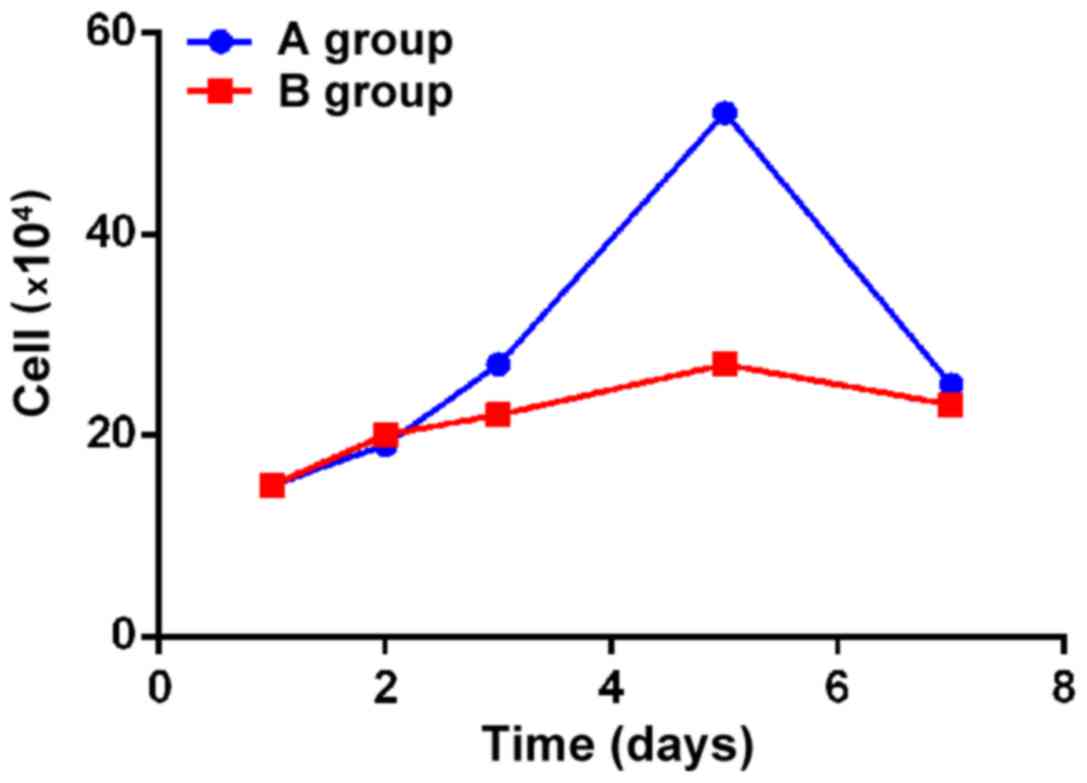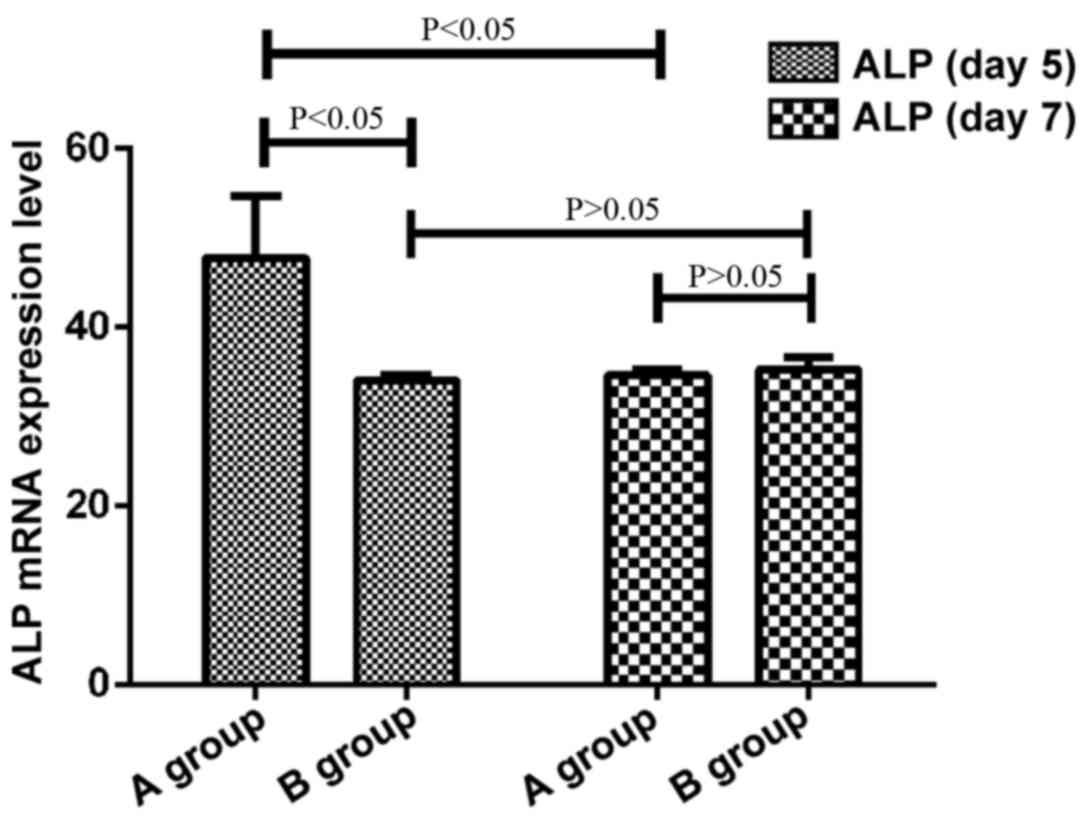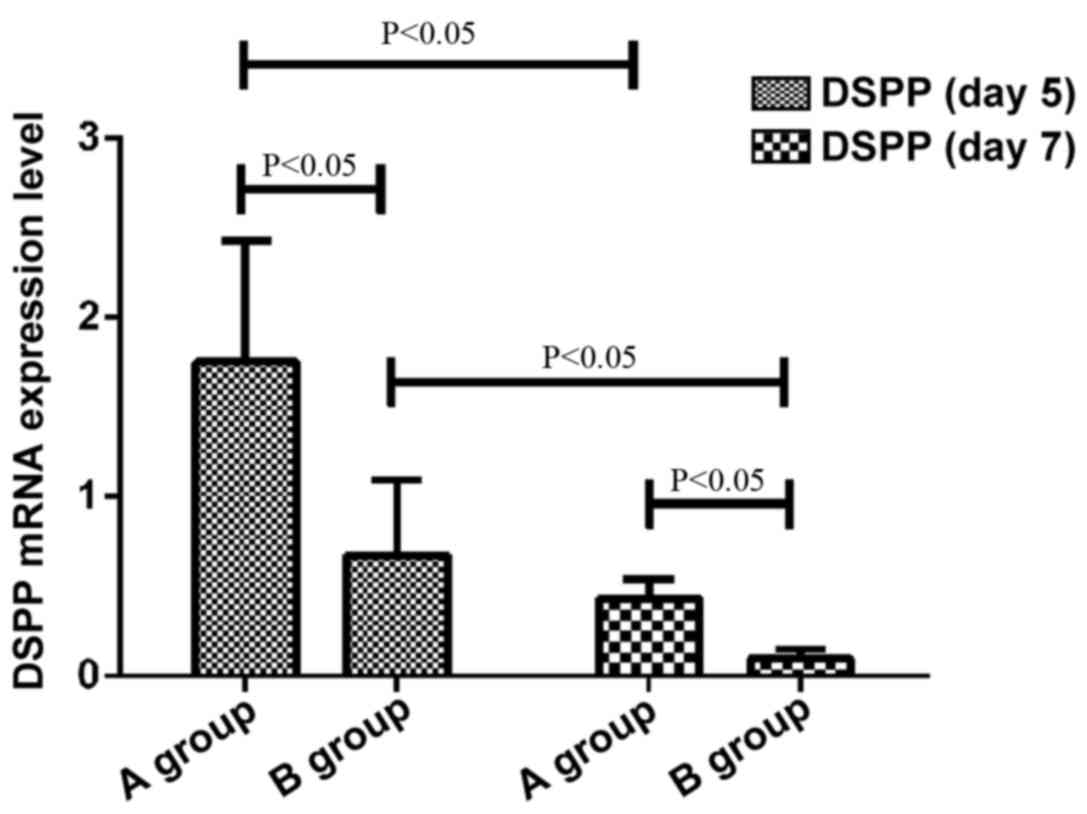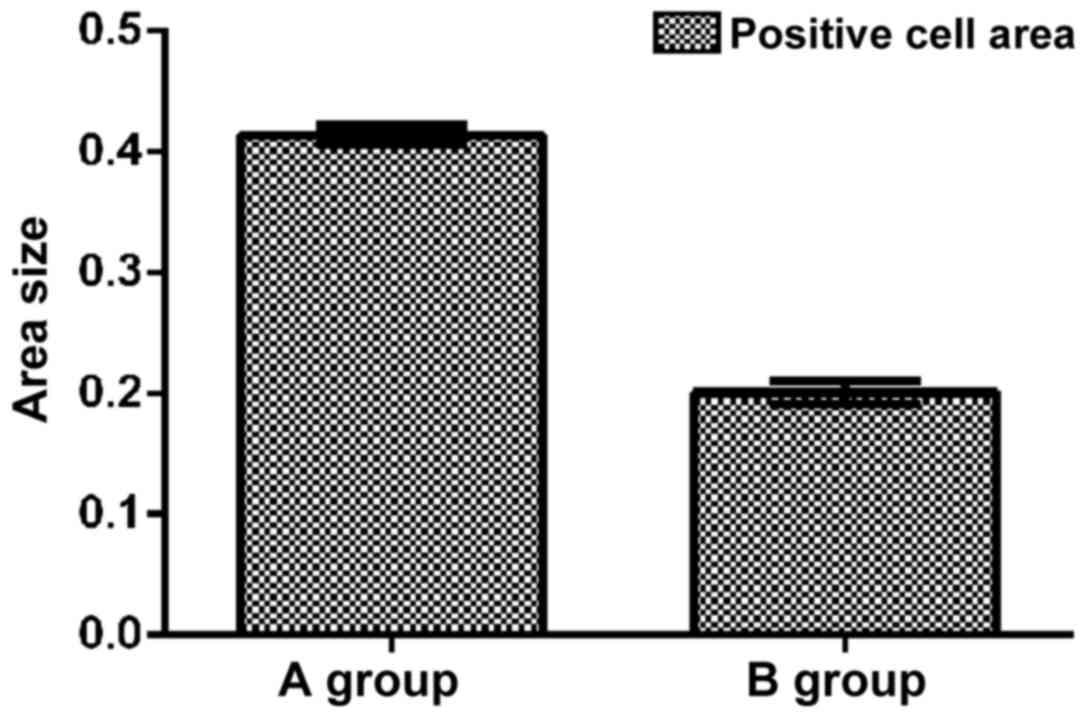|
1
|
Lamont RJ, Hajishengallis GN and Jenkinson
HF: Oral Microbiology and Immunology. 2nd. ASM Press; Washington,
DC: 2014
|
|
2
|
Clokie CM, Yau DM and Chano L: Autogenous
tooth transplantation: An alternative to dental implant placement?
J Can Dent Assoc. 67:92–96. 2001.PubMed/NCBI
|
|
3
|
Lai WF, Lee JM and Jung HS: Molecular and
engineering approaches to regenerate and repair teeth in mammals.
Cell Mol Life Sci. 71:1691–1701. 2014. View Article : Google Scholar : PubMed/NCBI
|
|
4
|
Nakanishi T, Mukai K, Hosokawa Y, Takegawa
D and Matsuo T: Catechins inhibit vascular endothelial growth
factor production and cyclooxygenase-2 expression in human dental
pulp cells. Int Endod J. 48:277–282. 2015. View Article : Google Scholar : PubMed/NCBI
|
|
5
|
Antebi YE, Linton JM, Klumpe H, Bintu B,
Gong M, Su C, McCardell R and Elowitz MB: Combinatorial signal
perception in the BMP pathway. Cell. 170:1184–1196.e24. 2017.
View Article : Google Scholar : PubMed/NCBI
|
|
6
|
Jia S, Kwon HE, Lan Y, Zhou J, Liu H and
Jiang R: Bmp4-Msx1 signaling and Osr2 control tooth organogenesis
through antagonistic regulation of secreted Wnt antagonists. Dev
Biol. 420:110–119. 2016. View Article : Google Scholar : PubMed/NCBI
|
|
7
|
Nascimento MA, Nonaka CF, Barboza CA,
Freitas RA, Pereira Pinto L and Souza LB: Immunoexpression of BMP-2
and BMP-4 and their receptors, BMPR-IA and BMPR-II, in
ameloblastomas and adenomatoid odontogenic tumors. Arch Oral Biol.
73:223–229. 2017. View Article : Google Scholar : PubMed/NCBI
|
|
8
|
Hwang HI, Lee TH, Kang KJ, Ryu CJ and Jang
YJ: Immunomic screening of cell surface molecules on
undifferentiated human dental pulp stem cells. Stem Cells Dev.
24:1934–1945. 2015. View Article : Google Scholar : PubMed/NCBI
|
|
9
|
Chang MC, Chang HH, Lin PS, Huang YA, Chan
CP, Tsai YL, Lee SY, Jeng PY, Kuo HY, Yeung SY and Jeng JH: Effects
of TGF-β1 on plasminogen activation in human dental pulp cells:
Role of ALK5/Smad2, TAK1 and MEK/ERK signalling. J Tissue Eng Regen
Med. 12:854–863. 2018. View Article : Google Scholar : PubMed/NCBI
|
|
10
|
Yang J, Ye L, Hui TQ, Yang DM, Huang DM,
Zhou XD, Mao JJ and Wang CL: Bone morphogenetic protein 2-induced
human dental pulp cell differentiation involves p38
mitogen-activated protein kinase-activated canonical WNT pathway.
Int J Oral Sci. 7:95–102. 2015. View Article : Google Scholar : PubMed/NCBI
|
|
11
|
Luukko K and Kettunen P: Integration of
tooth morphogenesis and innervation by local tissue interactions,
signaling networks, and semaphorin 3A. Cell Adhes Migr. 10:618–626.
2016. View Article : Google Scholar
|
|
12
|
Zhang F, Song J, Zhang H, Huang E, Song D,
Tollemar V, Wang J, Wang J, Mohammed M, Wei Q, et al: Wnt and BMP
signaling crosstalk in regulating dental stem cells: Implications
in dental tissue engineering. Genes Dis. 3:263–276. 2016.
View Article : Google Scholar : PubMed/NCBI
|
|
13
|
Wang Y, He H, Cao Z, Fang Y, Du M and Liu
Z: Regulatory effects of bone morphogenetic protein-4 on tumour
necrosis factor-α-suppressed Runx2 and osteoprotegerin expression
in cementoblasts. Cell Prolif. 50:e123442017. View Article : Google Scholar
|
|
14
|
Xie FY, Xu WH, Yin C, Zhang GQ, Zhong YQ
and Gao J: Nanomedicine strategies for sustained, controlled, and
targeted treatment of cancer stem cells of the digestive system.
World J Gastrointest Oncol. 8:735–744. 2016. View Article : Google Scholar : PubMed/NCBI
|
|
15
|
Yuzaki M: Two classes of secreted synaptic
organizers in the central nervous system. Annu Rev Physiol.
80:243–262. 2018. View Article : Google Scholar : PubMed/NCBI
|
|
16
|
Jia S, Zhou J, Gao Y, Baek JA, Martin JF,
Lan Y and Jiang R: Roles of Bmp4 during tooth morphogenesis and
sequential tooth formation. Development. 140:423–432. 2013.
View Article : Google Scholar : PubMed/NCBI
|
|
17
|
Zhang J, Tian W, Liu L, Li S and Tang W:
Expression of bone morphogenetic protein (BMP)-2, 4 in mouse
embryonic tooth during the bud stage. Hua Xi Kou Qiang Yi Xue Za
Zhi = Huaxi kouqiang yixue zazhi. 19:392–393. 2001.(In Chinese).
PubMed/NCBI
|
|
18
|
Chang SW, Lee SY, Kum KY and Kim EC:
Effects of ProRoot MTA Bioaggregate, and Micromega MTA on
odontoblastic differentiation in human dental pulp cells. J Endod.
40:113–118. 2014. View Article : Google Scholar : PubMed/NCBI
|
|
19
|
Koli K, Saxena G and Ogbureke KU:
Expression of matrix metalloproteinase (MMP)-20 and potential
interaction with dentin sialophosphoprotein (DSPP) in human major
salivary glands. J Histochem Cytochem. 63:524–533. 2015. View Article : Google Scholar : PubMed/NCBI
|
|
20
|
Lourenço Neto N, Marques NC, Fernandes AP,
Rodini CO, Sakai VT, Abdo RC, Machado MA, Santos CF and Oliveira
TM: Immunolocalization of dentin matrix protein-1 in human primary
teeth treated with different pulp capping materials. J Biomed Mater
Res B Appl Biomater. 104:165–169. 2016. View Article : Google Scholar : PubMed/NCBI
|


















